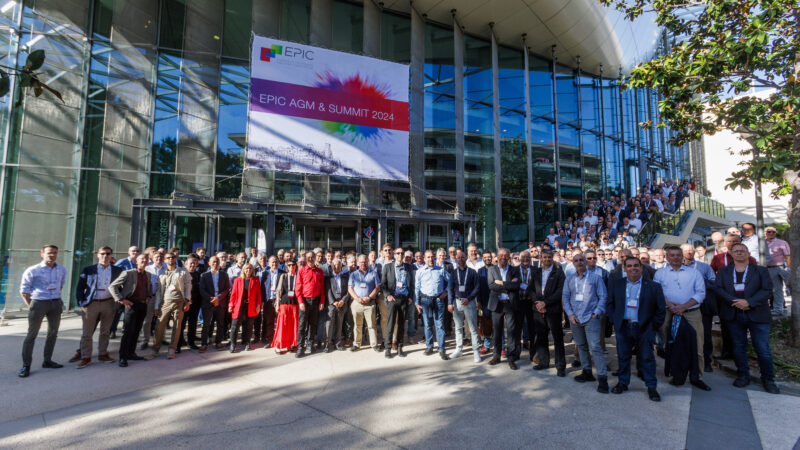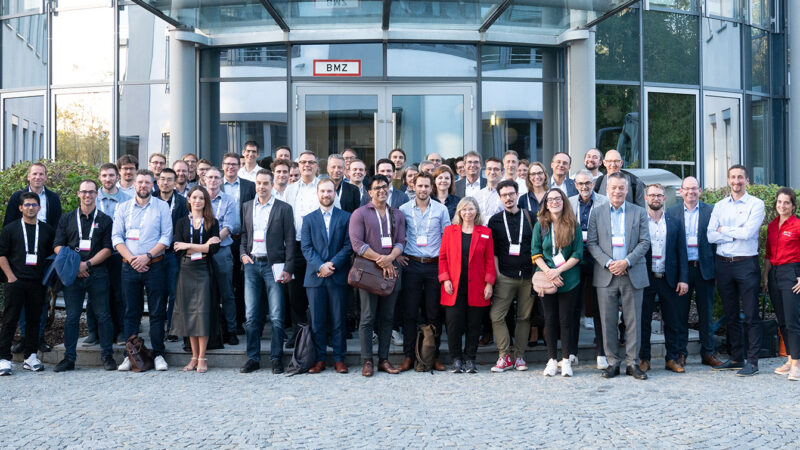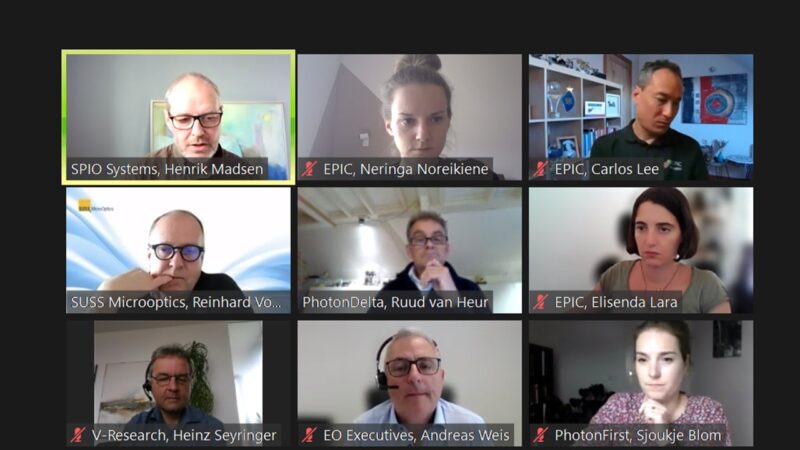The semiconductor and consumer electronics industries are two prominent adopters of Laser Microprocessing especially for ultrathin components.
News & Media
This meeting aimed to connect researchers, doctors, and integrators of photonics technologies. Cultivating enhanced collaboration between clinical centers and industries from the initial stages of product development is imperative. Specifically, input from medical pathologists is crucial to creating photonics applications adoptable in cancer diagnosis, laying the foundation for translational photonics research within a clinical context.
Photonics has contributed significantly to public health in different ways: advancing rapid, cost-effective, personalized interventions; allowing the visualization of different biological structures, functional units and infection agents; or as the basic technology for the development of specific diagnostic devices. Dermatology, the branch of medicine dealing with the skin, has been one of the fields which has taken benefit of all the advantages of the photonic technologies, such as their high resolution, speed and the capability of light waves to penetrate various biological barriers without causing unwanted interactions.
The battery market will have a significant impact in Europe in the coming years, and photonics, in particular lasers and sensors, is set to play a major role. The manufacturing of batteries for electric vehicles necessitates a shift from traditional factories to the establishment of gigafactories – large manufacturing facilities dedicated to the production of components and products related to electrification and decarbonization technologies. Laser cutting and welding techniques have already been seamlessly integrated into battery production lines, reducing time and costs while increasing productivity.
Europe has witnessed remarkable developments in quantum sensing technology in recent years. Various companies have entered the field from different perspectives and made significant strides in harnessing the power of quantum phenomena to create highly sensitive and precise sensors. These sensors have the potential to revolutionize a wide range of industries, including healthcare, telecommunications, navigation, and more.
Exploring the complexities of design and simulation in extended reality. As XR pushes the boundaries of immersive technology, the challenge of creat-ing a flawless simulated reality presents unique design hurdles. In this critical analysis, we unpack the fundamental issues, identifying potential solutions and forecasting future developments in the XR landscape.
The meeting brought together key players in the AR/VR industry. The primary topic of discussion was the need for technology to be presented in a user-friendly form factor, necessitating even smaller optical components. However, the main challenge lies in balancing design requirements with user needs.
























